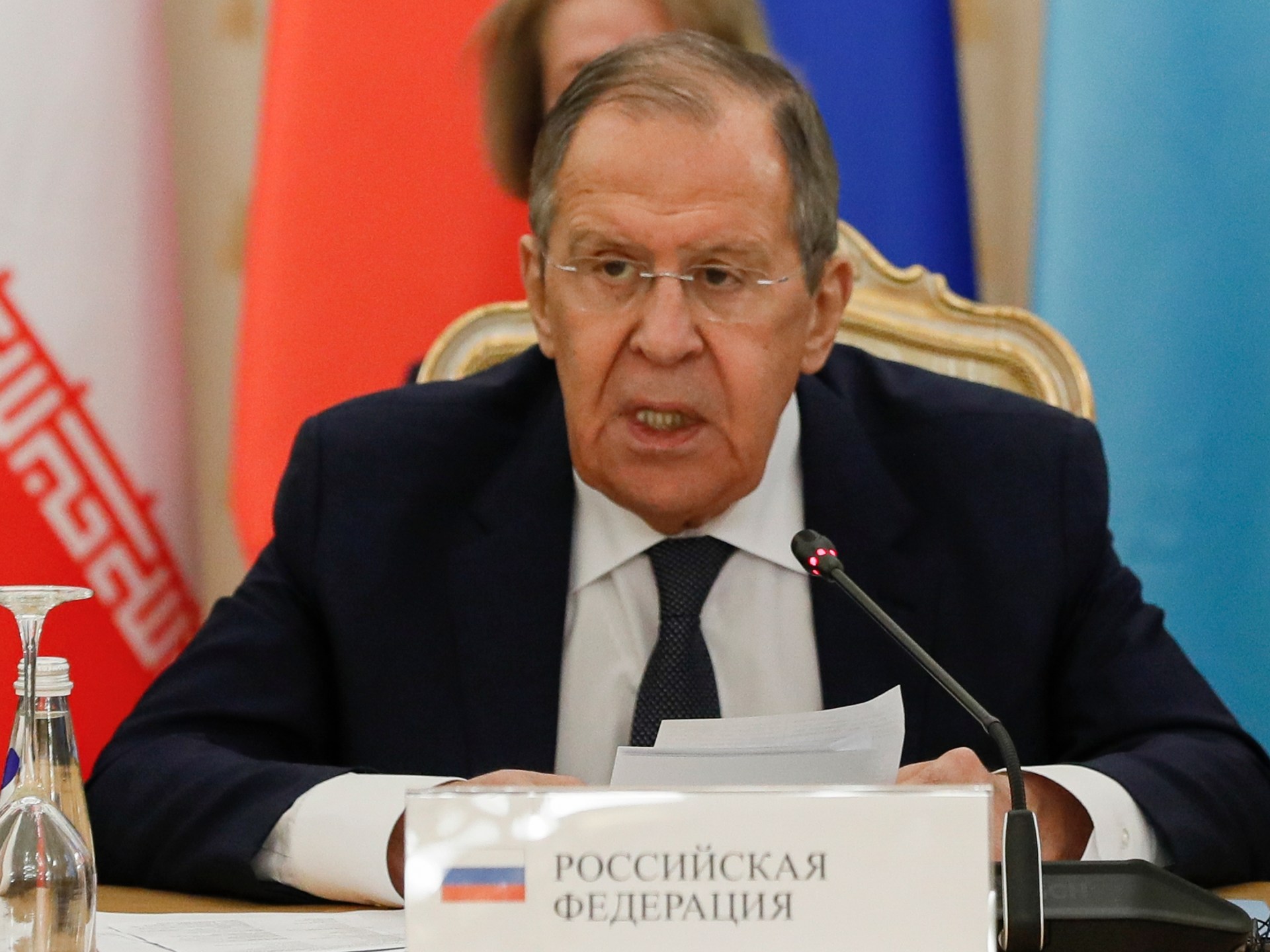
LONDON (AP) — Scientists had been expecting a volcano in southwest Iceland to erupt for weeks, so it was no surprise when it happened Monday night. The region has been active for more than two years and thousands of small earthquakes have rocked the area in recent weeks.
Here’s a look at what happened and what may lie ahead:
How the outbreak unfolded
It started around 10:20 p.m. local time on Monday north of Grindavik, a fishing village with 3,400 residents on the Reykjanes peninsula. The city is located about 50 kilometers southwest of the Icelandic capital Reykjavik in an area commonly known as the Fagradalsfjall volcano.
First there were a series of smaller earthquakes. Then lava at a temperature of about 1,200 °C (nearly 2,200 °F) began pouring out of a fissure about four kilometers long.
The Icelandic Meteorological Office estimated that hundreds of cubic meters of lava flowed per second in the first two hours of the eruption, although activity had slowed significantly by Tuesday afternoon.
Was it unexpected?
In short, no – scientists had been expecting the eruption for several weeks, and in November authorities evacuated Grindavik after thousands of small earthquakes shook the area for more than two weeks.
Scientists said their monitors showed that a corridor of magma, or half-molten rock, was spreading toward the city and could soon reach the surface.
The nearby Blue Lagoon geothermal resort, one of Iceland’s best-known tourist attractions, was forced to temporarily close as a precaution after a magnitude 4.8 earthquake struck the area last month.
Fagradalsfjall had been dormant for around 6,000 years, but it came to life in March 2021 as hundreds of people flocked to the Reykjanes Peninsula to see spectacular lava flows that lasted for months. The red glow of the lava could be seen from the edge of the capital.
Will this outbreak impact flights?
None of the recent eruptions on the Reykjanes Peninsula caused damage or disruption to air traffic, despite the area’s proximity to the country’s main Keflavik Airport.
And while Monday’s eruption was larger and more violent than those in recent years, forecasters and scientists say it is unlikely to affect air travel.
Many still remember the massive disruption to international air traffic in 2010, when another Icelandic volcano, Eyjafjallajökull, spewed huge plumes of ash high into the atmosphere over Europe. About 100,000 flights were grounded, millions of international travelers were stranded and air travel was halted for days over fears the fine ash could damage engines.
Experts say that due to the location and characteristics of this eruption, it is not expected to produce much ash or cause disruption on a similar scale. AccuWeather, a U.S.-based weather forecasting company, said Tuesday that initial information suggests no ash plume has been observed yet.
Sam Mitchell, a volcanologist at the University of Bristol, said Monday’s eruption was very different from Eyjafjallajokull in 2010, when “a large explosive eruption beneath a glacier produced a very large cloud and very fine ash in the atmosphere, as the wind direction pointed to it.” mainland Europe.”
What other impacts could this outbreak have?
Scientists say there is currently no risk of lava reaching the city of Grindavik, the Blue Lagoon or important structures such as a nearby power plant. Residents in the area have been evacuated and most surrounding roads remain closed.
“Fortunately, this is probably the best outcome we could have hoped for,” Mitchell said. It was also fortunate that authorities had weeks to prepare and had almost completed the construction of defensive barriers in the area, he added.
A bigger and more immediate threat is volcanic gas pollution, which authorities said could be discovered in the Reykjavik area on Wednesday.
“Most of it is in the form of water, carbon dioxide and sulfur dioxide. It’s pretty uncomfortable to live in, especially if you have breathing problems or difficulty breathing, asthma,” Mitchell said.
Experts say it is too early to say how long the outbreak will last or when residents will be able to move back into their homes. Some believe the eruption could last between a week and ten days, while others say it could last months.
How common are volcanic eruptions in Iceland?
With 32 active volcanic sites, Iceland is one of the most volcanically active areas on earth. On average, an outbreak occurs every four to five years – although the frequency has increased almost every 12 months since 2021.
The country lies on a volcanic hotspot and the so-called Mid-Atlantic Ridge, a huge crack in the ocean floor created by the separation of the North American and Eurasian tectonic plates. As the plates pull apart, new magma rises, filling the gaps and triggering earthquakes and volcanic activity.
One of the country’s largest active volcanoes is Katla, which is being closely watched because it lies beneath thick glacial ice, meaning any eruption could melt the ice and trigger widespread flooding. Katla last erupted in 1918, and that eruption lasted almost a month, causing crops to lose sunlight and killing some livestock.






Recent Comments